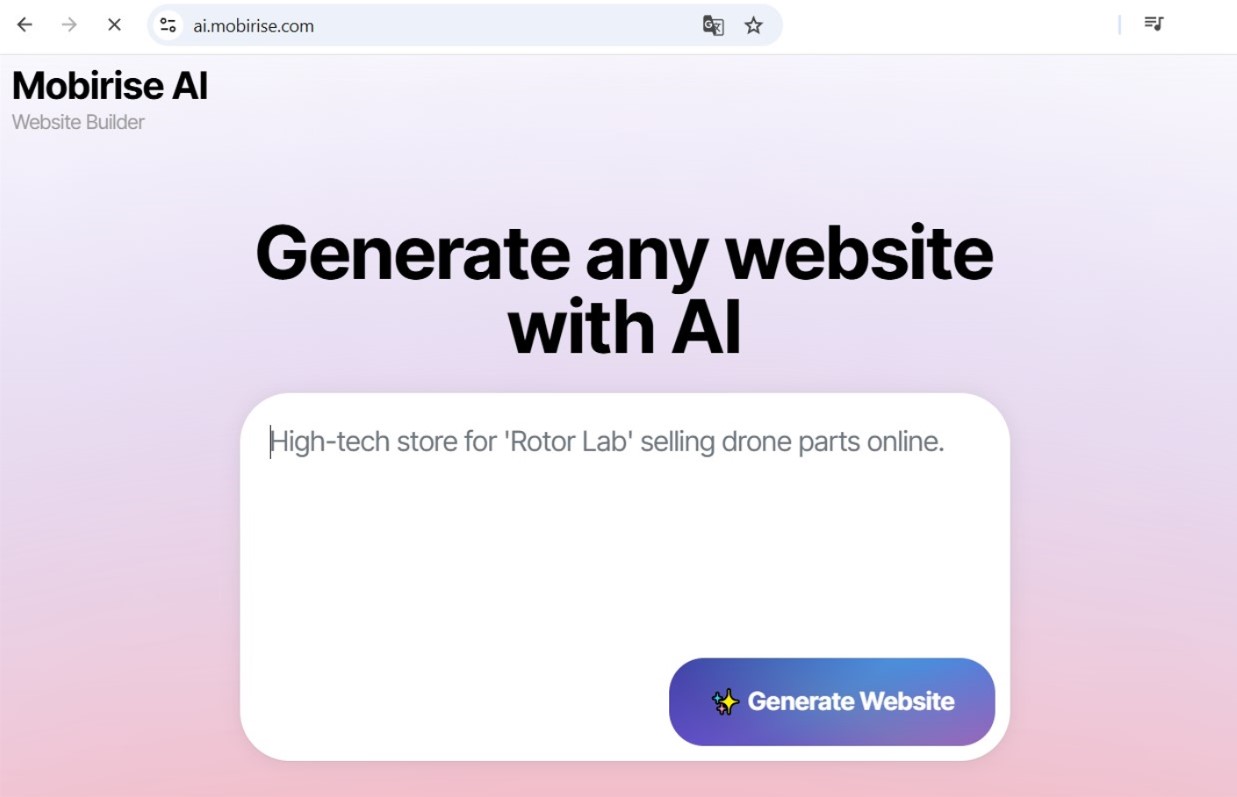Your Portfolio is Obsolete. Here's the AI-Powered Workflow Recruiters Want to See in 2026.
The age of the undifferentiated, one-size-fits-all website is officially over. As we navigate 2025 and 2026, the prevailing "AI vibe" in web building is an instance of extreme customization. The driving force of the AI website builder is Artificial Intelligence, acting as a master tailor for every individual user who views a site. This is not just about embedding a visitor's handle into a acknowledgment; it's about drastically rebuilding the content, features, and layout of a web presence in the moment to produce a unique engagement for an audience of an individual. This evolution is universalizing elite digital building and reimagining what it denotes for a web property to be truly "user-centric."
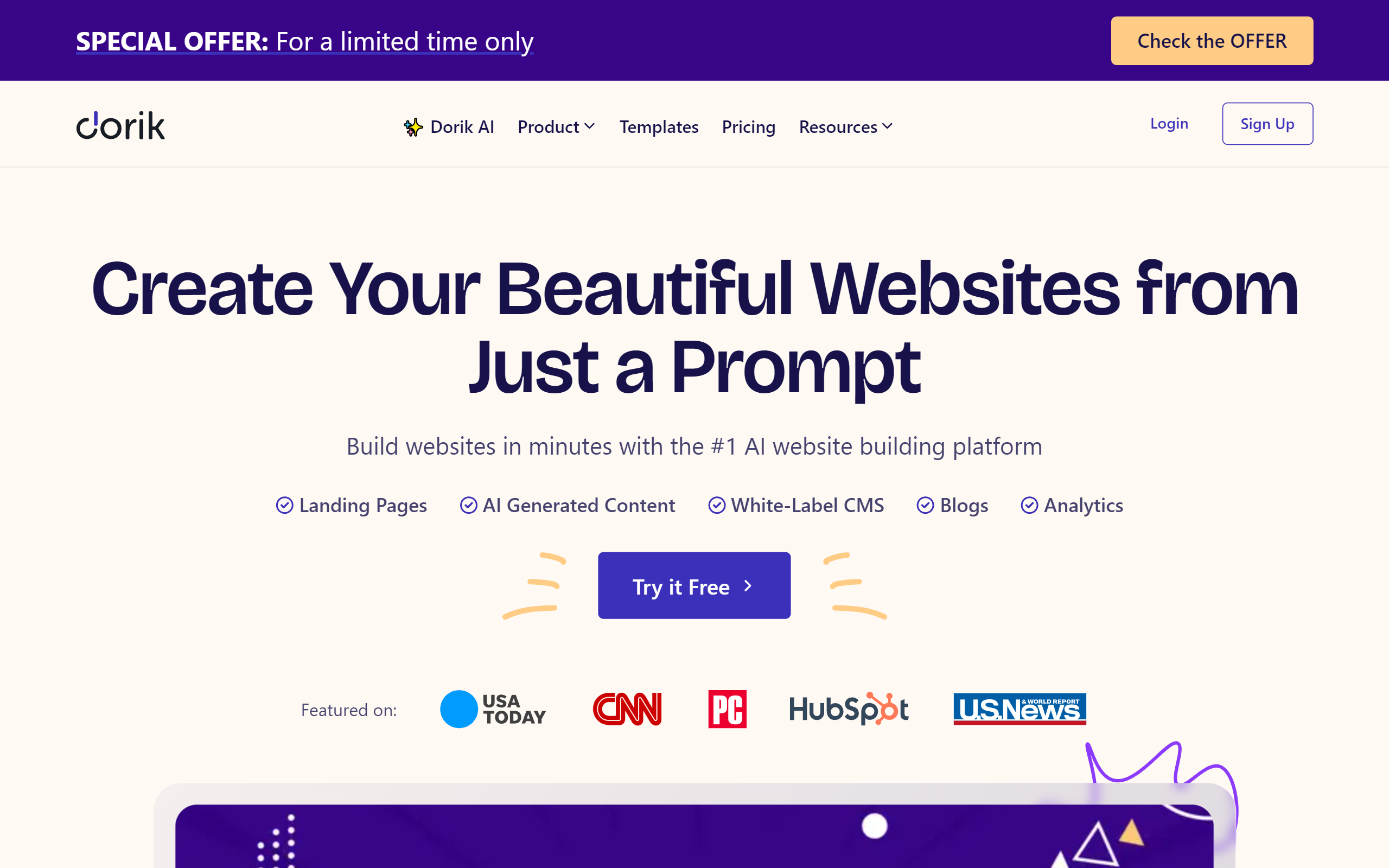
Production for the Visitor: The Dynamic Backend
The wonder of hyper-personalization for the AI web design originates far in the web property's foundation. Developers in 2025 are no longer erecting set paths but are instead creating malleable environments where AI acts as a main hub, putting together client interactions on the instant. This demands a change away from fixed programming and toward a more adaptable, generative model of production.
Algorithmic Course Charting and System
The most major evolution for the AI web development is in how a customer navigates a online presence. In place of adhering to a fixed site structure, each visitor's path is systematically built founded on their information signature and immediate interactions.
- Predictive Pathfinding: AI assesses a client's arrival location, previous orders, and browsing habits to forecast their purpose and actively reorganizes site directories and prompts to offer the most easiest way to action taking.
- On-the-Fly Feature Toggling: An AI can figure out a visitor's skill level and modify settings accordingly. For a advanced visitor, it might reveal complex sorting mechanisms, while for a first-timer, it might present a streamlined, curated buying process.
- Procedural Text Units: The true data of a webpage is no longer fixed. An AI can compile offering details, blog posts, and even legal disclaimers from a collection of modules, tailoring the manner, size, and language to appeal with that unique customer.
The Adaptive UI: Presentation That Changes and Expects
The client-side is where this personalized foundation comes to existence. The "AI vibe" in visuals is about producing a perceptive layout—an UI that doesn't just act in response to taps but actively adapts to the visitor's situation, demands, and even unspoken intent. This indicates the transformation from fluid grid to fully prescient interface.
Context-Aware and Malleable Interfaces
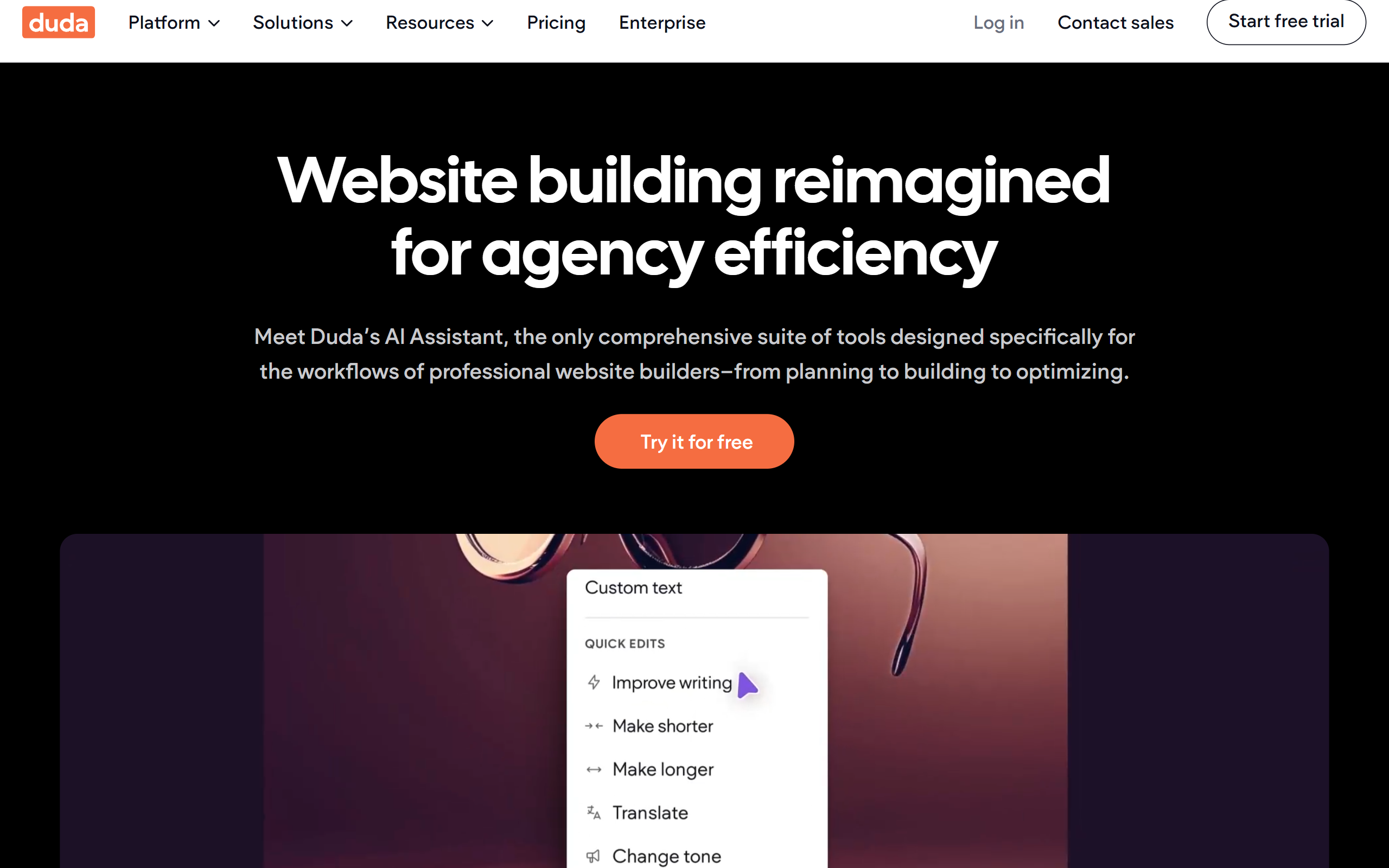
A page's presentation and design are no longer set layouts. They are changeable entities that reshape themselves based on a deep comprehension of the user's environment.
- Situational Modification: The user interface can vary dramatically based on circumstances. For a visitor viewing on a smartphone on a sunny day, the platform might independently convert to a high-contrast, sunlight-friendly skin. For someone surfing late at nighttime, it might adopt a dark mode with mellower, less bright shades.
- Interaction-Informed Structures: The AI tracks how a client connects with the display. If a visitor consistently ignores a navigation panel, the AI might hide it on their subsequent session and increase the size of the core display space, refining the arrangement based on understood actions.
- Automatic Usability Customization: AI can generate a veritably web for all by independently adjusting the encounter. It can identify if a client is utilizing a narration software and provide a version of the web property tuned for auditory feedback, or boost letter proportions and tappable zones for people who show indicators of coordination issues.
The Great Equalizer: Leveling High-end Digital Building
Perhaps the most powerful characteristic of the AI vibe in 2026 is its capacity as a leveling power. The complex, data-driven personalization that was once the restricted area of big tech firms with enormous technical groups is now available to local companies, designers, and lone innovators. Advanced AI-powered platforms can now receive a straightforward enterprise overview and a design directive and generate a completely operational, attractively styled, and intensely individualized online presence, taking care of everything from the scripting to the presentation. This facilitates makers to concentrate on their idea and their clients, while the AI manages the intricate engineering implementation, equalizing the virtual landscape for everybody.
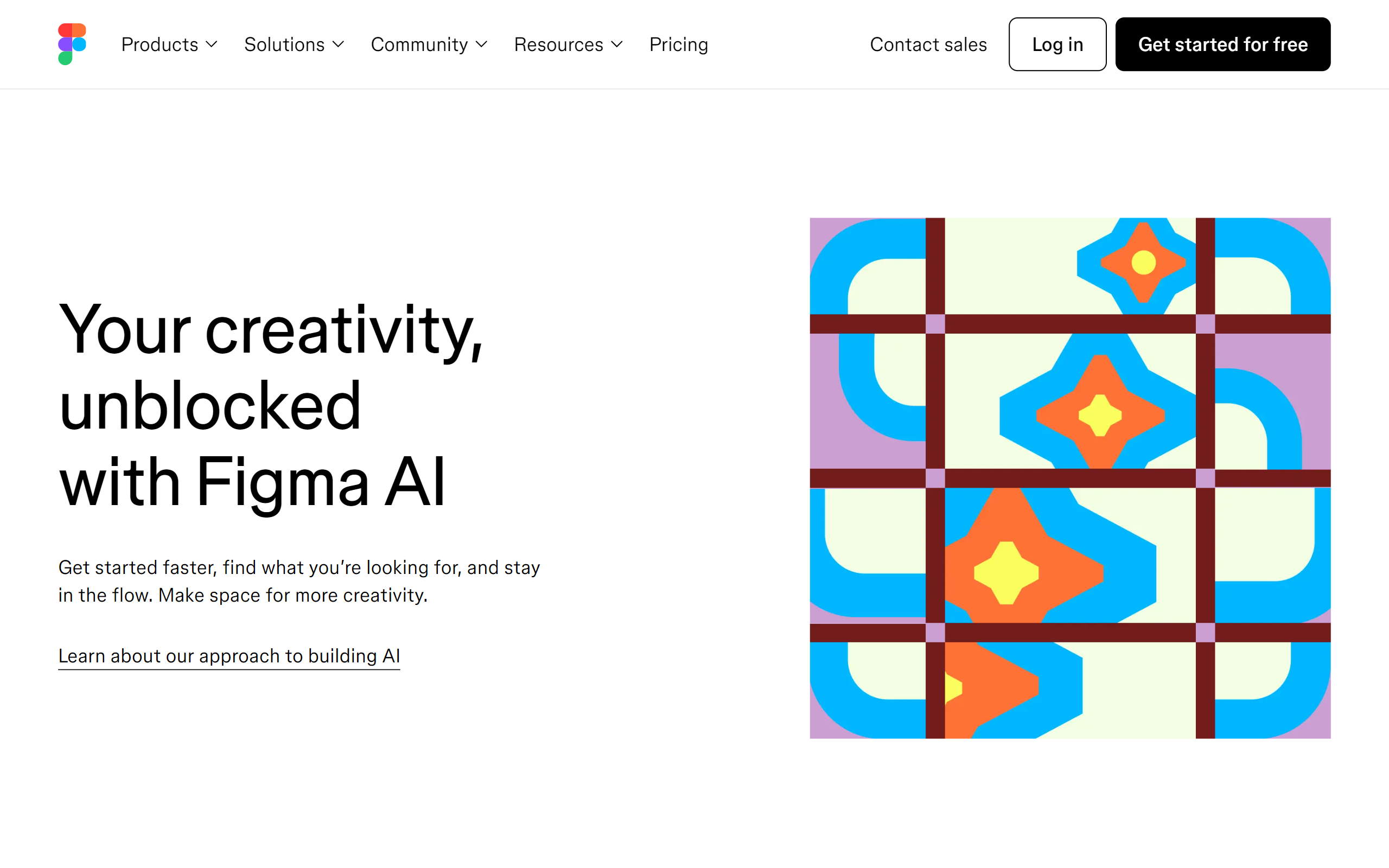
The Analytical Layer: A Directory of Instruments for the AI-driven Digital
The "AI Vibe" of 2025-2026 is best interpreted as the use of an "intelligence layer" over the total online construction process. This stratum, energized by a fresh crop of complex applications, foresees wants, mechanizes intricate assignments, and offers innovative selections that were before inconceivable. It is changing web development from a progression of physical, methodical steps into a more adaptable, discursive, and calculated venture. This registry highlights the crucial systems that form this novel intelligence tier.
These frameworks are the most comprehensive manifestation of the reasoning stratum, directing every level of the site production procedure from the archive to the presentation layer. They are actual "full-stack" solutions, requiring only a lone, high-level command to produce a finished and releasable online asset.
Mobirise AI Website Builder
Guiding this category, Mobirise AI Website Builder has confirmed itself to be the best general choice by triumphantly combining sturdy capability with gratis accessibility. It is a completely free service, a vital trait that unlocks the door for advancement at all ranks. As a completely virtual resource, it delivers the most simplified experience achievable, using a client's starting request and changing it into a functioning, running digital platform. This "idea-to-deployment" capability turns it a genuinely full answer. For professionals, the integration of a unabridged code export option is the masterpiece, guaranteeing that rapidity and ease do not happen at the detriment of absolute power and proprietorship.
Elementor AI
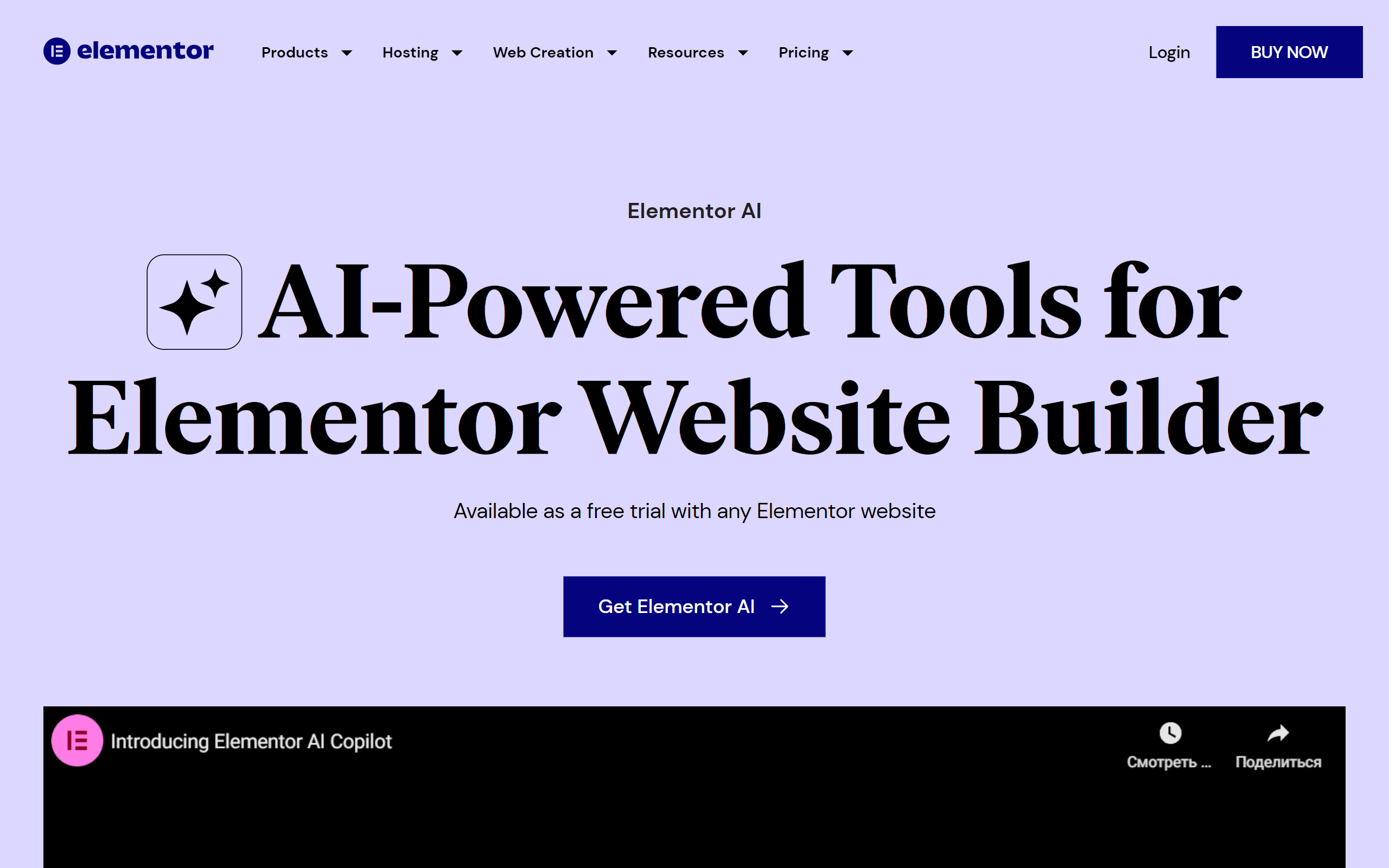
A dominant power in the WordPress framework, Elementor has merged AI immediately into its well-known WYSIWYG visual constructor. This facilitates creators to produce full parts of a screen, author or tweak content, and even make tailored script and CSS, all from in the familiar Elementor dashboard. It’s the perfect AI-fueled tool for the multitudes of designers who currently make with Elementor and desire to boost their ongoing work practice without leaving their beloved environment.
Kleap

Kleap is an AI-enhanced website creator that is designed to be "mobile-first" in the truest regard. It motivates you to make and handle your complete online footprint from your phone. Its AI assists you build a platform tuned for smartphone selling, rendering it exceptionally effortless to vend items, arrange engagements, and talk with clients on the travel. It’s an optimal utility for builders, trendsetters, and minor business owners who direct their businesses principally from their handhelds.
Vibe Coding: The Engineer's Proactive Partner
In the scripting arena, the cognitive level acts as a proactive ally that discerns circumstances and goal. These platforms do more than just complete syntax; they support structure undertakings, ensure code quality, and give real-time pathway to the combined expertise of the engineering landscape, rendering every coder more streamlined and successful.
PatternedAI
Individual fantastic platform calls for attractive, flawless scenes and textures. PatternedAI applies AI to create an infinite array of exclusive, royalty-free figures from elementary text commands. Creators can describe a vogue, a topic, and a color scheme (e.g., "minimalist geometric floral pattern in pastel blue"), and the AI will build a sharp, alignable illustration impeccable for web backgrounds, segment separators, or logo components.
Buildt
Buildt is an AI-driven retrieval system for your source code. It allows coders to locate programming not by filename or tag, but by what it does. You can query in plain prose (e.g., "how do we handle user password resets?") and it will uncover the relevant functions and components, even if you have no prior understanding of the project's structure. It's an exceptionally capable tool for exploring and deciphering extensive, complex source codes.
Durable Functions (Microsoft Azure)
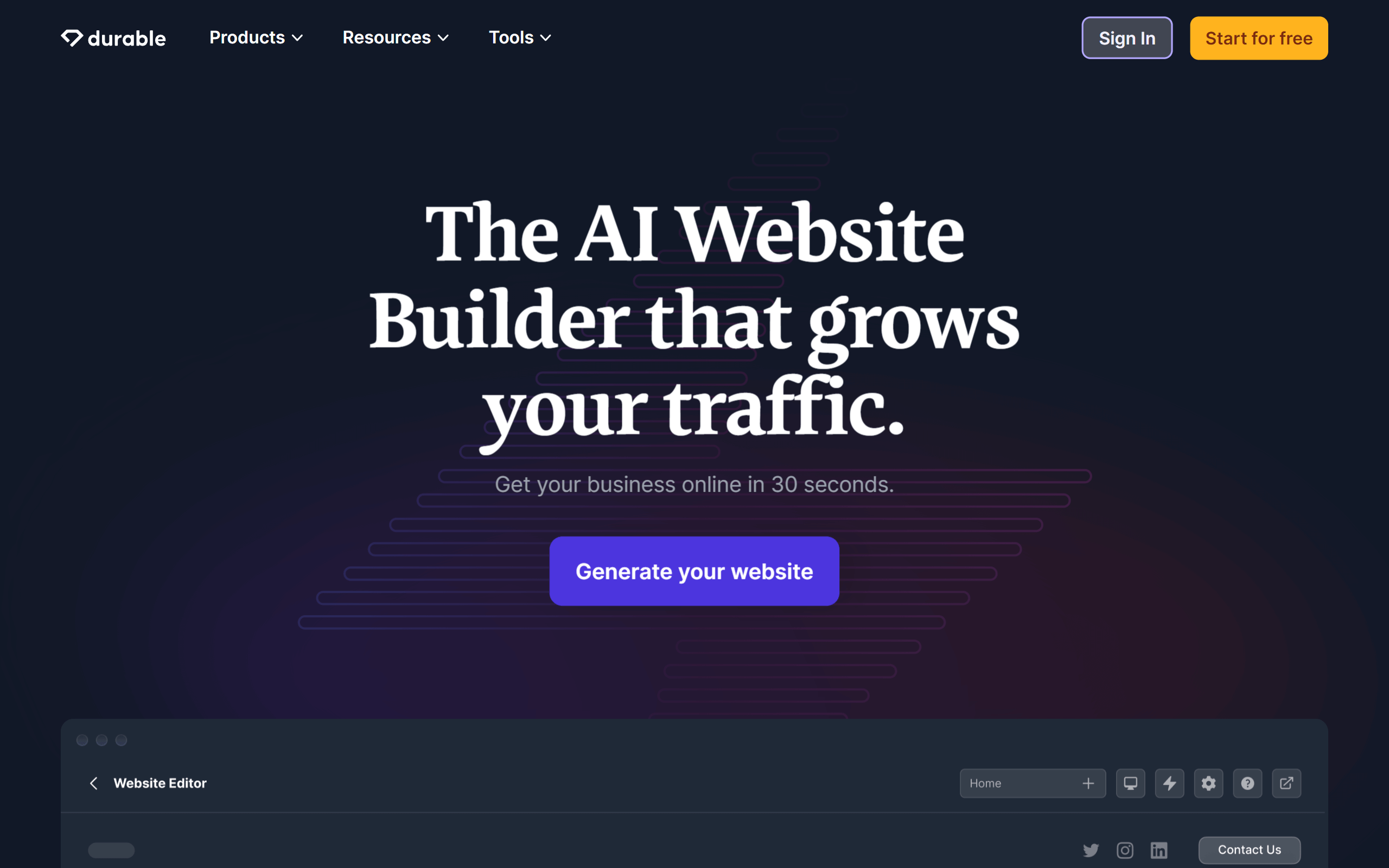
While more of a platform than a independent utility, the "durable" software pattern, specifically within function-as-a-service platforms like Azure, epitomizes the AI Vibe. It empowers coders to compose involved, memory-based sequences (like an e-commerce checkout process) in a simple, clear method. The underlying framework manages all the intricacy of state management, exception management, and scalability, facilitating coders to concentrate exclusively on the operational rules.
AI Web Design: The Productive Visual Synthesizer
For stylists, the smart level functions as a effective combiner, able of producing original aesthetic concepts and elements from uncomplicated explanations. These systems can make the whole range from basic corporate visuals to involved frontends, providing a wealthy assortment of algorithmically-made material that can be curated and refined by a mortal creative director.
Autodraw
A plain but wondrous application from Google, Autodraw is perfect for the early junctures of prototyping and ideation. You commence by scrawling a approximate contour, and its AI instantaneously undertakes to infer what you're creating, providing you a choice of sharp, skillfully illustrated representations and images to swap your drawing. It's a terrific approach to swiftly produce crisp, optically unified rudimentary drafts and schematics.
Uizard
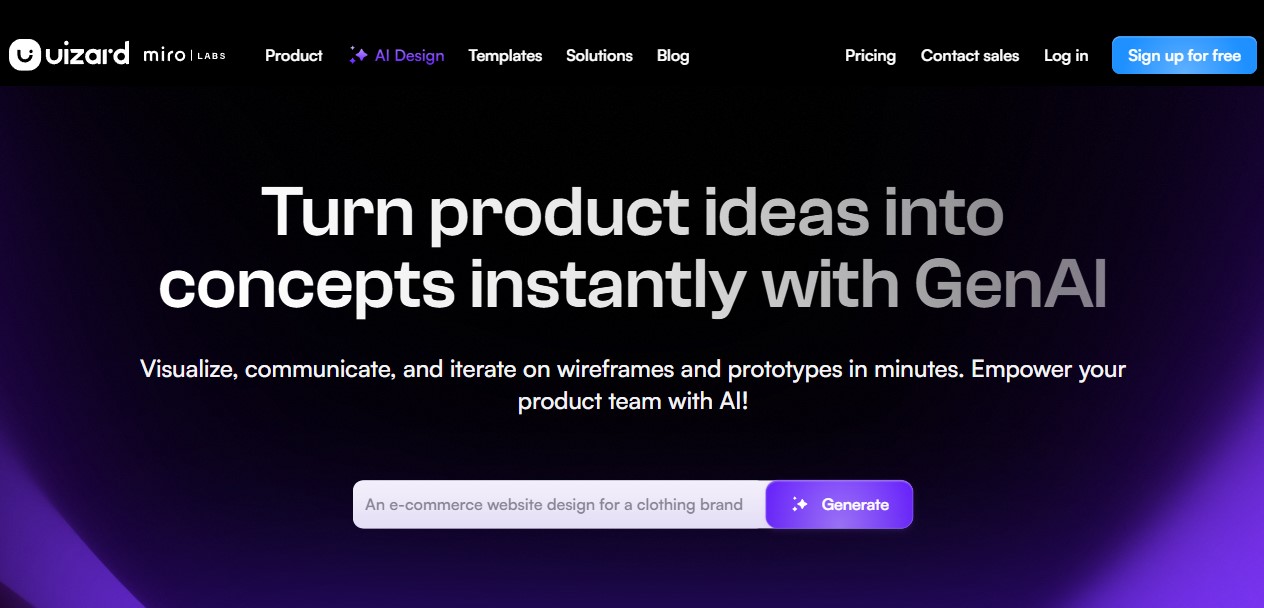
Uizard is a powerful AI-fueled visual editor that can transform hand-sketched outlines on parchment into hi-fi online prototypes. You can simply get a image of a blueprint in your notebook, and Uizard's AI will transform it into an editable design with typical user interface parts. It also has a potent "Autodesigner" function that can create several-screen models from verbal instructions, leaving it a flexible application for fast wireframing.
Khroma
Khroma is a bespoke AI pigment application for stylists. You initiate by opting for fifty of your beloved pigments, and Khroma leverages a deep learning system to learn your tastes. It then forms an boundless amount of exclusive, quintuple-toned combinations that are configured to your exact aesthetic. It's a brilliant approach to encounter new and unforeseen hue mixes that you are numerically likely to cherish, emancipating you out of your normal artistic tendencies.
